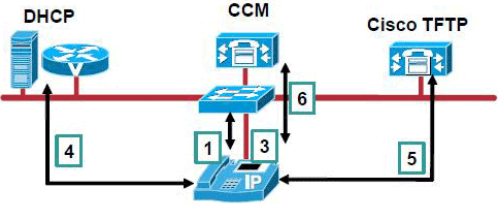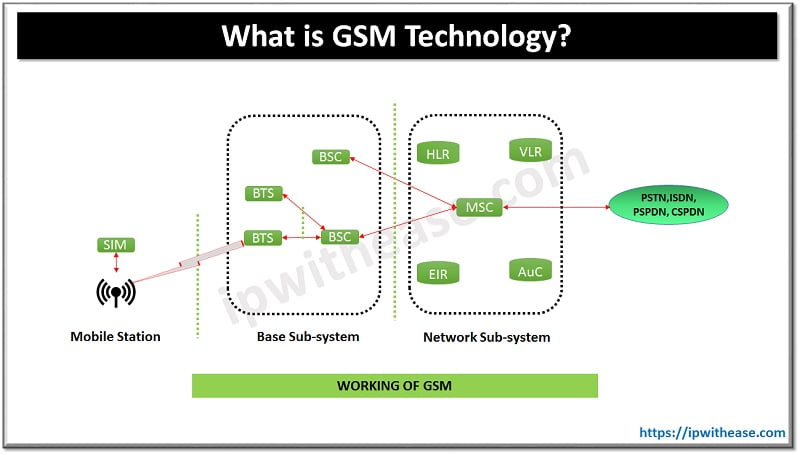Voice implementers and operation engineers need to understand the basics of IP Phone Boot and registration process to address day to day troubleshooting and configuration issues. This document is related to Cisco IP Phone registration process with Cisco Unified Communication Manager (CUCM).
SCCP IP Phone Registration Process
- SCCP phone obtains the Power (PoE or AC adaptor).
- The phone loads its locally stored firmware image.
- The phone learns the Voice VLAN ID via CDP from the switch.
- The phone uses DHCP to learn its IP address, subnet mask, default gateway and TFTP server address.
- The phone contacts the TFTP server and requests its configuration file. Each phone has a customised configuration file named SEP<mac_address>.cnf.xml created by CUCM and uploaded to TFTP when the administrator creates or modifies the phone.
- The phone registers with the primary CUCM server listed in its configuration file. CUCM then sends the soft-key template to the phone using SCCP messages.

lets understand what is in SEP<mac_address>.cnf.xml file and what is in it ?
This file contains a list of CUCM server, in order, that the phone should register with. It lists the TCP ports it should use for SCCP communication. It also lists the firmware version for each device model and the service URLs that each device should be using.
The CUCM server sends other configurations such as DNs, softkeys and speed dials via the SCCP messages in the last phase of the registration process.
SIP Phone Registration Process
SIP Phones use a different set of steps to achieve the same goal. Steps 1 to 4 are the same as SCCP Phones, refer the steps as illustrated in the figure: SCCP Phone Boot Process .
- The phone contacts the TFTP server and requests the Certificate Trust List file (only if the cluster is secured).
- The phone contacts the TFTP server and requests its SEP<mac-address>.cnf.xml configuration file.
- If the SIP Phone registration process has not been provisioned before boot time, the SIP Phone downloads the default configuration XMLDefault.cnf.xml file from the TFTP server.
- The SIP phone requests a firmware upgrade (Load ID file), if one was specified in the configuration file. This process allows the phone to upgrade the firmware image automatically when required for a new version of CUCM.
- The phone downloads the SIP dial rules configured for that phone.
- The phone Establish connection with the primary CUCM and the TFTP server end to end.
- The phone Registers with the primary CUCM server listed in its configuration file.
- The phone downloads the appropriate localization files from TFTP.
- The phone downloads the softkey configurations from TFTP.
- The phone downloads custom ringtones (if any) from TFTP.
Related – SIP vs SCCP
ABOUT THE AUTHOR

You can learn more about her on her linkedin profile – Rashmi Bhardwaj




